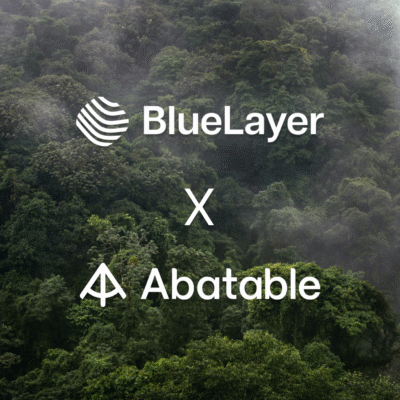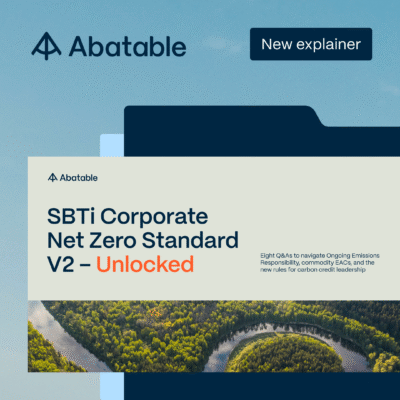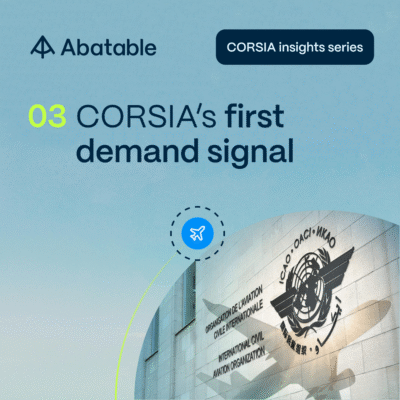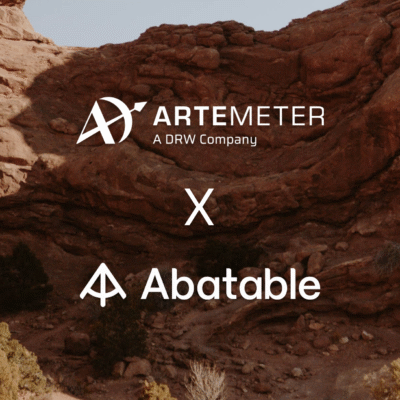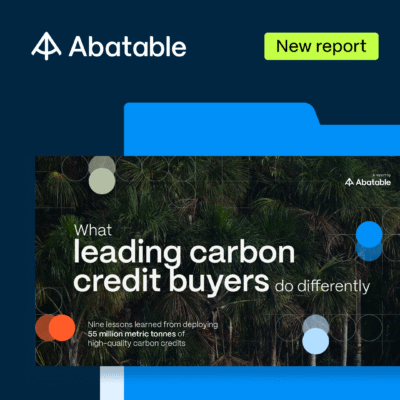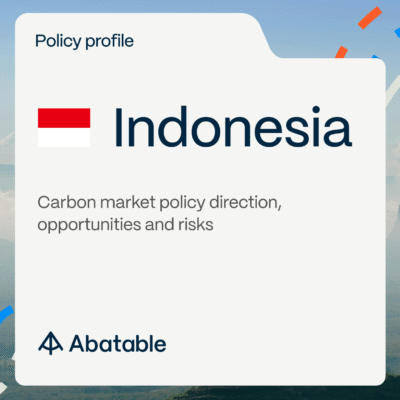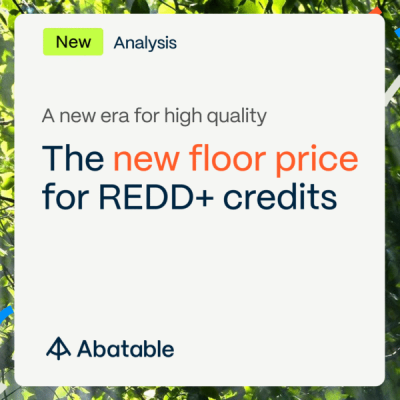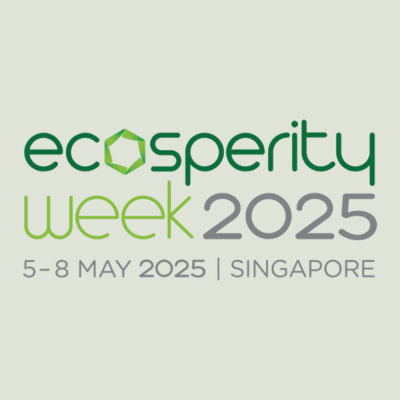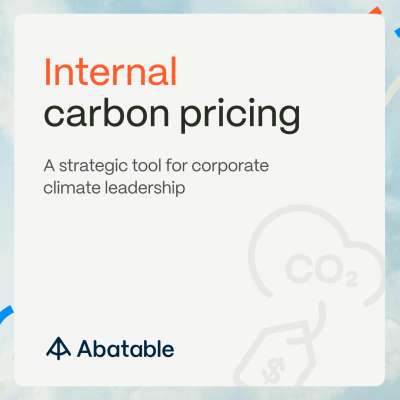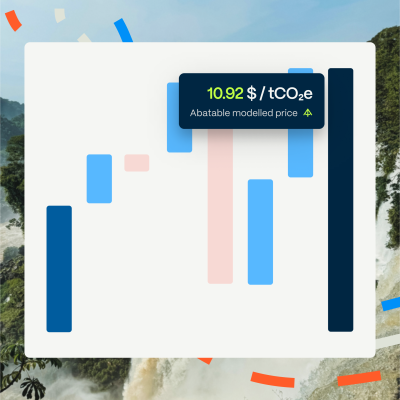The Science Based Targets initiative (SBTi) has released a draft of its updated Corporate Net Zero Standard, revealing how corporate climate action may evolve under its framework. While the consultation remains open until June 2025, the draft already signals key shifts as the SBTi adapts to the difficulties companies face when implementing targets—particularly for Scope 3 emissions.
What’s changing?
The new standard isn’t a complete overhaul but rather a refined approach that addresses common issues companies have encountered with the original framework. Here’s what corporate buyers should know:
More flexibility for Scope 3 targets
Perhaps the most welcome update is a move away from rigid, percentage-based targets—previously set at 67% for near-term and 90% for long-term emissions reductions. Instead, SBTi is exploring a more practical approach, focusing on the most climate-relevant emissions sources and Tier 1 suppliers.
This shift acknowledges a fundamental reality: not all emissions are created equal. Prioritising high-impact reductions first makes sense both strategically and practically.
The SBTi Net Zero Standard V2 draft also introduces ‘alignment targets’ to complement traditional emissions targets. These track factors like the percentage of suppliers with net-zero commitments or the share of procurement from low-carbon sources—metrics that capture a company’s broader transformation efforts beyond just emissions data.
Insetting gets a seat at the table
For the first time, SBTi is recognising ‘indirect mitigation’ within value chains, creating a clearer pathway for insetting. Companies can use a ‘supply shed’ approach to data collection and emissions reductions where full traceability to specific emissions sources isn’t possible (for more information on insetting, see our report with the International Platform for Insetting (IPI)).
The Corporate Net Zero Standard draft even mentions book-and-claim models for sustainable aviation fuel (SAF) as an acceptable interim measure, a significant acknowledgement of real-world supply chain complexities where complete traceability isn’t always possible. However, STBi isn’t opening the floodgates—criteria are still being developed to ensure these approaches drive real emissions reductions.
For companies already exploring insetting, this is a step towards formal recognition within SBTi’s framework. Those new to insetting should start identifying opportunities within their value chains and engage with initiatives like the Value Chain Initiative and the International Platform for Insetting (IPI) to develop interventions aligned with emerging guidance.
Removals enter the spotlight
The SBTi Net Zero Standard V2 draft proposes three options for integrating carbon removals, including interim targets that require 100% coverage of residual Scope 1 emissions by a company’s target net zero year. While removal requirements are still under consultation, the message is clear: companies should start developing removal procurement strategies now, rather than waiting until 2050.
The standard also explores different approaches to removal durability, from matching the atmospheric lifetimes of greenhouse gases to gradually shifting toward more permanent solutions over time.
Recognition for Beyond Value Chain Mitigation (BVCM)
Companies investing in climate solutions beyond their value chains may soon receive recognition for their efforts. The draft introduces the concept of ‘ongoing emissions’—those released annually during a company’s transition to net zero—and proposes optional recognition for addressing these through BVCM.
This could include carbon credit purchases, direct project financing, or conservation efforts, provided they deliver measurable climate benefits and meet high-integrity standards.
What does this mean for you?
SBTi’s updated standard reflects what many leading companies are already doing: developing integrated climate strategies that include direct emissions reductions, insetting, removals, and BVCM. While the formal recognition of these practices is welcome, companies don’t need to wait for final guidance to start implementing them.
The corporate world has been moving faster than the guidance, so this update feels more like SBTi catching up with best practices than charting entirely new territory. That said, SBTi validation remains critical for credibility, so aligning your strategy with these evolving standards makes sense.
The consultation remains open until June 2025, and your feedback could help shape the final Corporate Net Zero Standard version. Whether you’re a seasoned SBTi participant or considering science-based targets for the first time, now’s your chance to weigh in on the future of corporate climate action.
Sign up to our platform to keep up to date with more news about SBTi and the voluntary carbon market.
Further reading
- Abatable’s insetting report with IPI: https://abatable.com/reports/insetting-scope-3-carbon-emissions/
- Abatable’s blog on the SBTi discussion paper released in 2024: https://abatable.com/blog/sbti-updates-corporate-net-zero-standard/
- Abatable’s market update on the SBTi draft standard: https://app.abatable.com/market-updates/27-march-2025


